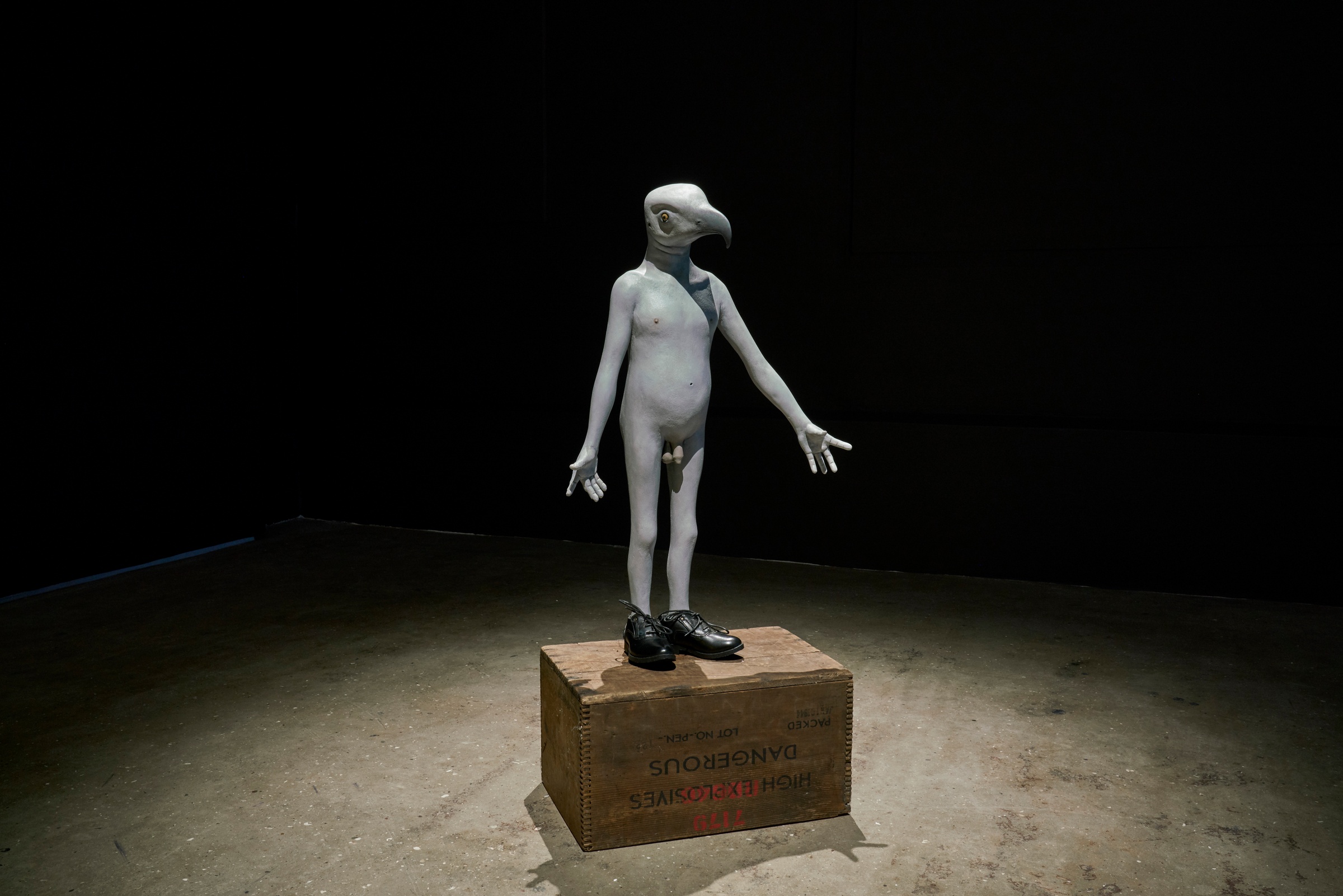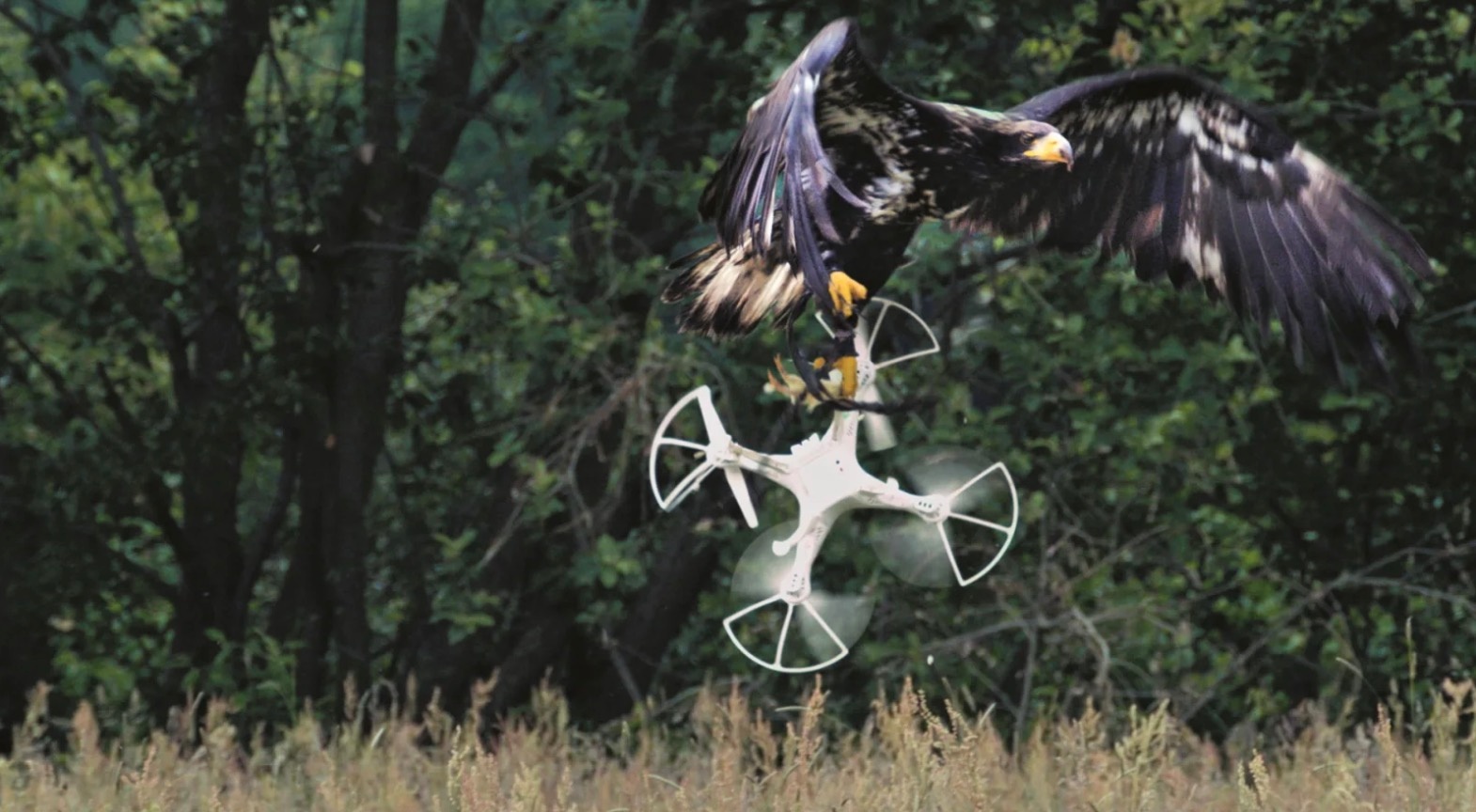Text:
Anna Hartford
Editor:
Sara de Beer
Design:
Ben Johnson
Sergio Martinez had gone hunting for deer in the Cuyamaca Mountains in San Diego County, California, when he became separated from his hunting companion, and hopelessly lost. He decided to light a signal fire so as to draw attention to his whereabouts. He gathered some of the surrounding brush and ignited it. Martinez was guilty, in that moment, of taking a risk: every match we strike is a risk of sorts, but in his unsheltered surrounds, covered in vegetation, his risk was greater still.
A fundamental nature of risk is uncertainty: some feared or undesired outcome may or may not occur.
In one version of the universe Martinez may have struggled to get the brush to take, and laboured to keep the flame from dying. In another version Martinez may have lit the fire easily enough, but also easily controlled it; smothering it with soil whenever it threatened to get out of hand. In yet another version he may have lost control of it, and the emergency services would have had to come to extinguish it: an embarrassment, certainly, but not a catastrophe. As chance transpired, however, the fire Martinez started—spurred on by the Santa Ana winds— would turn into one of the largest wildfires in California’s history. It burned for over a month, incinerated over 1000 square kilometres of land, destroyed thousands of buildings, cost 1.3 billion dollars in damages, and killed fifteen people and countless animals.
The manipulation of fire is one of our oldest technologies. Wherever we go now, fire follows. Almost all wildfires find their origin in human behaviour: in our cooking and camping, our smoking and driving, our power-lines and construction, our gas and generators, our mowers and drones. The purpose of new technologies is to increase what we are capable of achieving: how fast we can go, how much we can remember, how widely we can communicate, how much energy we can wield, how comprehensively we can destroy. But in pursuing these ends, technology also inevitably increases what we risk: what we cannot entirely predict, and what we cannot entirely control.
In his paper “The Vulnerable World Hypothesis” (which served as one of the curatorial prompts for the show at A4) the philosopher Nick Bostrom hypothesises the existence of a technology which will almost certainly destroy whichever civilisation invents it. It sometimes feels like we’ve already come close: should nuclear weapons have proved easier to produce, Bostrom speculates, they may quickly have proved themselves to constitute such an invention.
If the existence of such a technology is granted, then our perpetual quests for innovation—for new forms of power, or new advantages in warfare—also constitute a perpetual dance on the brink of our own annihilation.
Within the exhibition, this flux of advancement and precarity is given its most overt expression in John Akomfrah’s three-channel video installation, “Four Nocturnes.” Wherever you are within the space you are followed by its vast, echoing and elemental sounds. Divided into “air,” “water,” “fire” and “earth,” the installation chronicles—in modes of both sublimity and desolation—the devastation human advancement has wrought on ecosystems and animal life, and then the return of this devastation onto ourselves: through drought, wildfire and floods; famine, extinction and displacement.
Risk has a complicated epistemic nature. In one respect risk concerns precisely what we do not know, and cannot properly predict. Often, especially at the level of collective risk, it concerns the intricate mechanics of complex systems whose precise workings will never yield to even our best models. But risk also implies knowledge: a recognition of what might come – perhaps even a glimpse of how likely it is – as opposed to a comprehensive obliviousness. Martinez, with his flame, took a risk in a different and more meaningful way than someone who started a fire unwittingly.
And in a sense it is precisely in knowing more, about the different ways in which we nudge calamity along, that we have come to risk so much.
How are we to understand ourselves within all these causal chains of (partly-recognised but also obscured and unwanted) catastrophe? How are we to understand Martinez, and his responsibility for those fifteen deaths, and those hundreds of thousands of burnt acres? When we pose these questions we are forced to step further back, and attempt to understand the forces which govern moral responsibility more generally. That is to say: what relationship must we have to what we’ve done, or to what we’ve caused, in order to be genuinely responsible for those outcomes? A person—this complex, ongoing being— is such a different entity from a mere action. Sometimes an action has nothing, or at least very little, to do with the person who performs it. It’s precisely on this account that we are often excused from what we’ve done (the accidental; the inadvertent).
We are implicated in endless chains of happenings, reactions, consequences and outcomes, but what portion of these can we be said to be properly answerable for? How are we stitched, in a morally significant way, to these infinite unfoldings? There are different ways of trying to answer this question, and of trying to understand the basis of our responsibility, even within a deterministic universe. One answer turns on our desires: have we intended, or in some way wanted, these outcomes? (The arsonist is, after all, so much easier to blame.) Another answer turns on what we have known: did we realise what we were doing, or what might come of it? (Should the person with the most foresight also be the person who is most at fault?) Yet another answer focuses on control, and its extent: over ourselves, our actions, and what then unfolds.
Each of these potential foundations is challenged, in different ways, by risk. For what we risk is precisely what we don’t want and don’t intend. When we take a risk we do not act knowingly, in any adequate sense, since we are always in a state of not knowing what will transpire. To the extent that we have exercised control, it is only partial control, made feeble by everything it excludes. Indeed what risk represents, in some respects, is precisely this encounter between the world that is within our control—that responds to our designs— and the world that is forever beyond it. There is an enduring question about how what we are responsible for in the one world transfers to what in fact transpires in the other. We may strike the match, we may even do so with the best intentions, but it is not always up to us where the flame goes from there.
Anna Hartford is a writer and researcher based in Cape Town. She is currently a postdoctoral fellow in the Philosophy Department at the University of Stellenbosch.
This essay appears in Risk in Writing to be published by A4 Press, a collection of responses to the exhibition 'Risk' at A4 Arts Foundation. The anthology assembles poetry, prose, and musical composition and includes contributions by Kathryn Smith, Bongani Kona, Derek Gripper, Siphokazi Jonas, Toni Stuart, Bill Nasson, and is edited by Sara de Beer, with book design by Ben Johnson. Risk in Writing asks after artworks as prompts towards further artistic research and creative production.
Text: Anna Hartford
Editor: Sara de Beer
Design: Ben Johnson




